Brooks + Scarpa Architects: Warehouse Design for the 21st Century
A traditional industrial building type is adapted to create a modern, sustainable facility in Mexico.
The Mexican government recently developed a new Research and Technology Innovation Park (Parque de Investigación e Innovación Tecnológica or PIIT) in Monterrey. An automotive company that manufactures chassis for heavy trucks and pickups selected a 100,000 sq. ft. parcel within the research park as the site of its new building – a research lab, office, and industrial testing facility. Brooks + Scarpa Architects, based in Los Angeles, designed the structure.
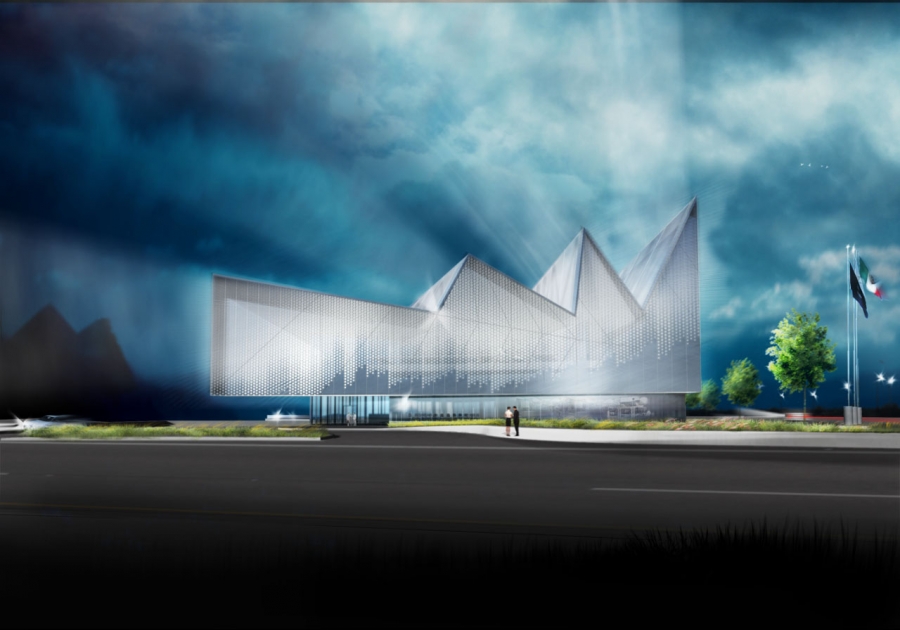 Image courtesy of Brooks + Scarpa Architects
Image courtesy of Brooks + Scarpa Architects
Brooks + Scarpa adapted traditional building elements while also incorporating some modern ones to arrive at a design that would accommodate the program’s diverse requirements. The facility, when finished, will include 45,000 square feet of research labs and warehouse space for testing and developing prototypes, but it will also house offices. Brooks + Scarpa’s design provides for both the large-bay industrial zones and human-scale spaces. It is also targeting LEED Platinum status.
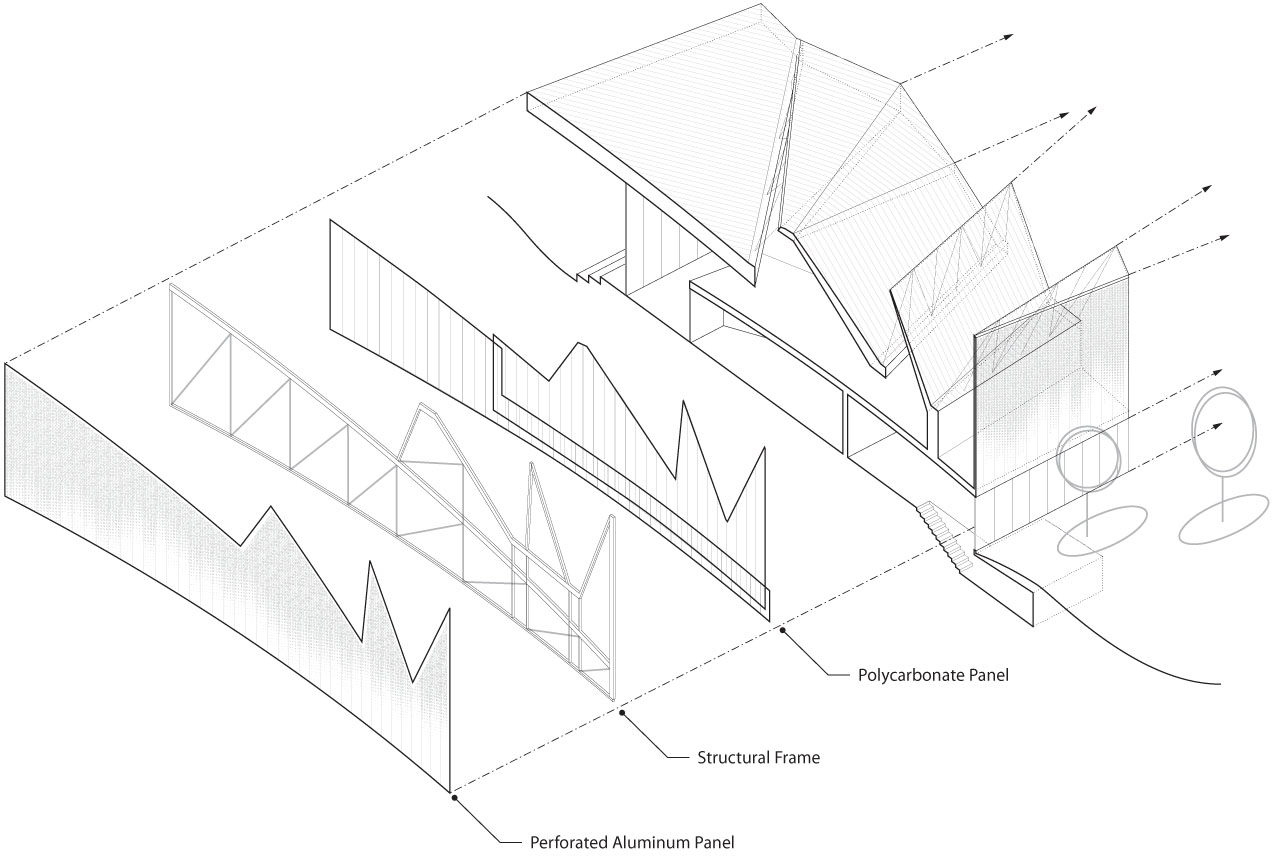
From the beginning of the industrial age until the mid-20th century, factories and other manufacturing buildings were commonly constructed with sawtooth roofs. The angled, glazed openings of each "tooth" allowed daylight to enter the building and, until the introduction of electric lighting, this was the primary light source for the factory floor. With the recent resurgence of interest in natural daylighting, utilizing the sawtooth roof form made sense for the automotive facility, and modifying its configuration to an irregular geometry optimized the roof to address the specific lighting needs of the floorplan. The craggy peaks of the roof planes also echo the surrounding topography of the Sierra Madre mountains.
Facades are covered in an etched and perforated aluminum skin, which was manufactured by the client in its existing facility. This skin serves two functions: it establishes a pattern of light and shadow across interior spaces, and it limits views into high-security research areas. Much of the building’s lower story is clad in glass, emphasizing the fact that the structure is meant to feel open and welcoming. The perforated panels appear to hover lightly above the building’s penetrable base.
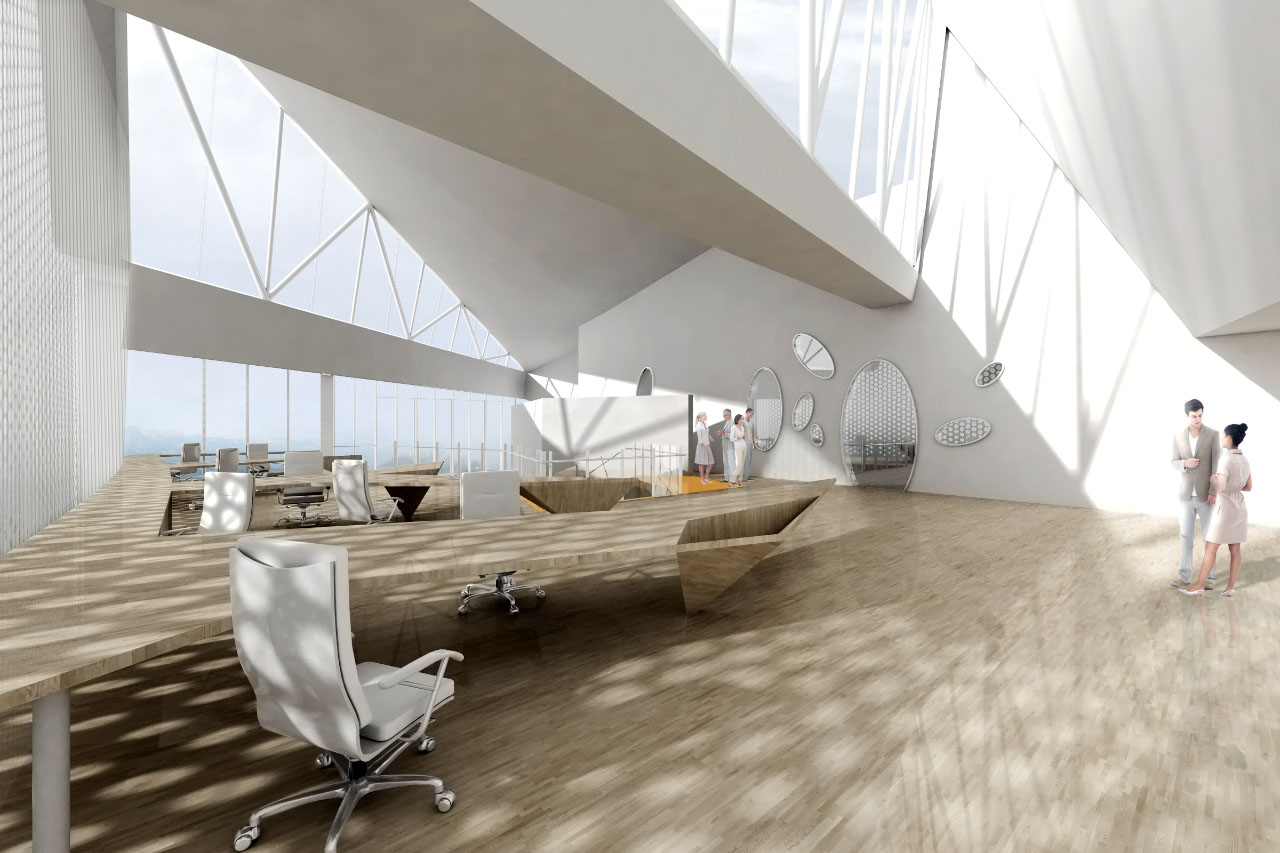
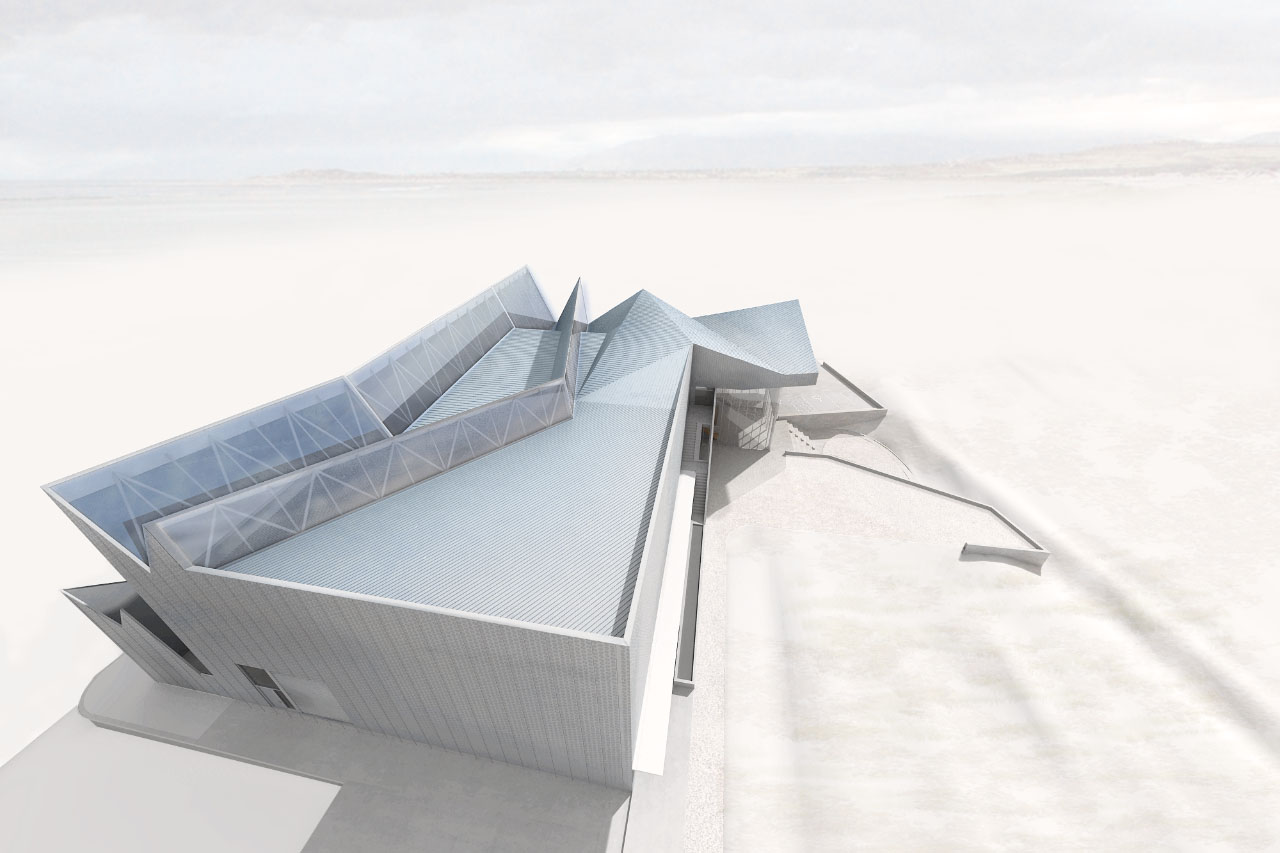
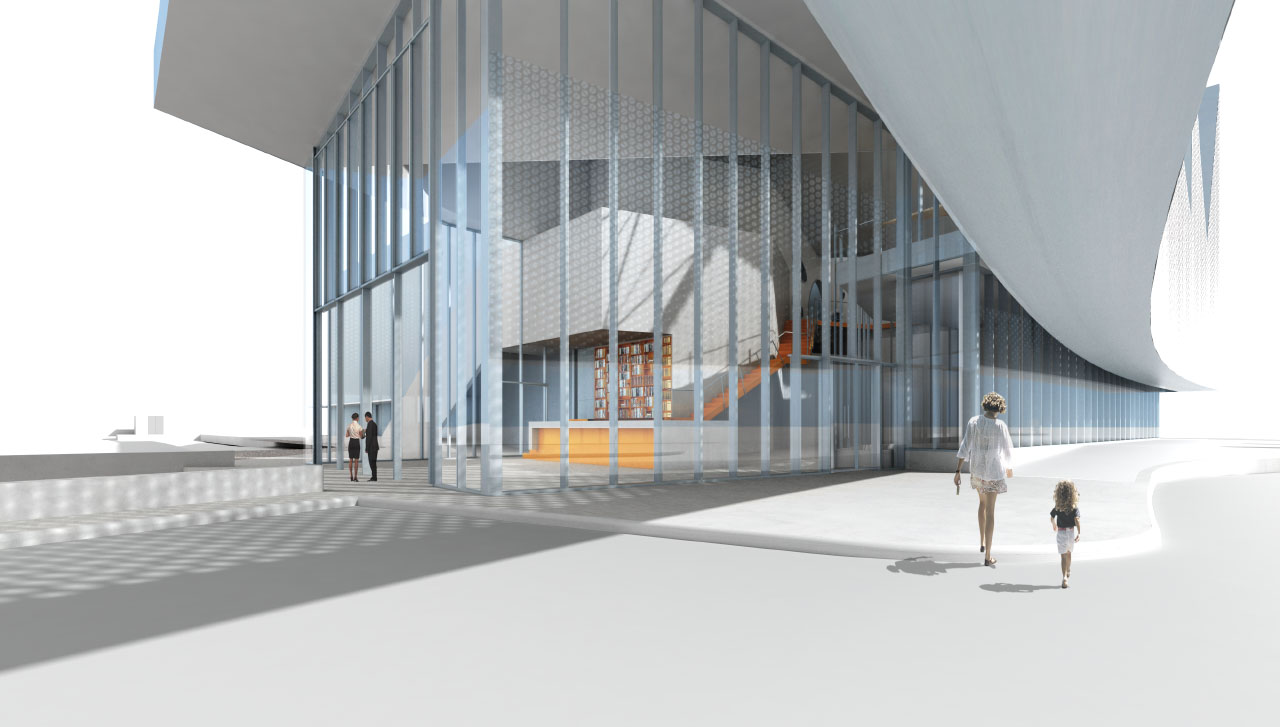
Offices overlook a sunken garden along the north side of the building. This garden, a natural bioswale, adjoins a water reclamation area that is situated beside the research park. The main entry to the building is also located at the northwest corner, underneath a cantilevered volume that extends from the second, or office, story.
The building will total 55,000 square feet when both Phases I and II of the project have been completed. Current expected completion date is 2012.
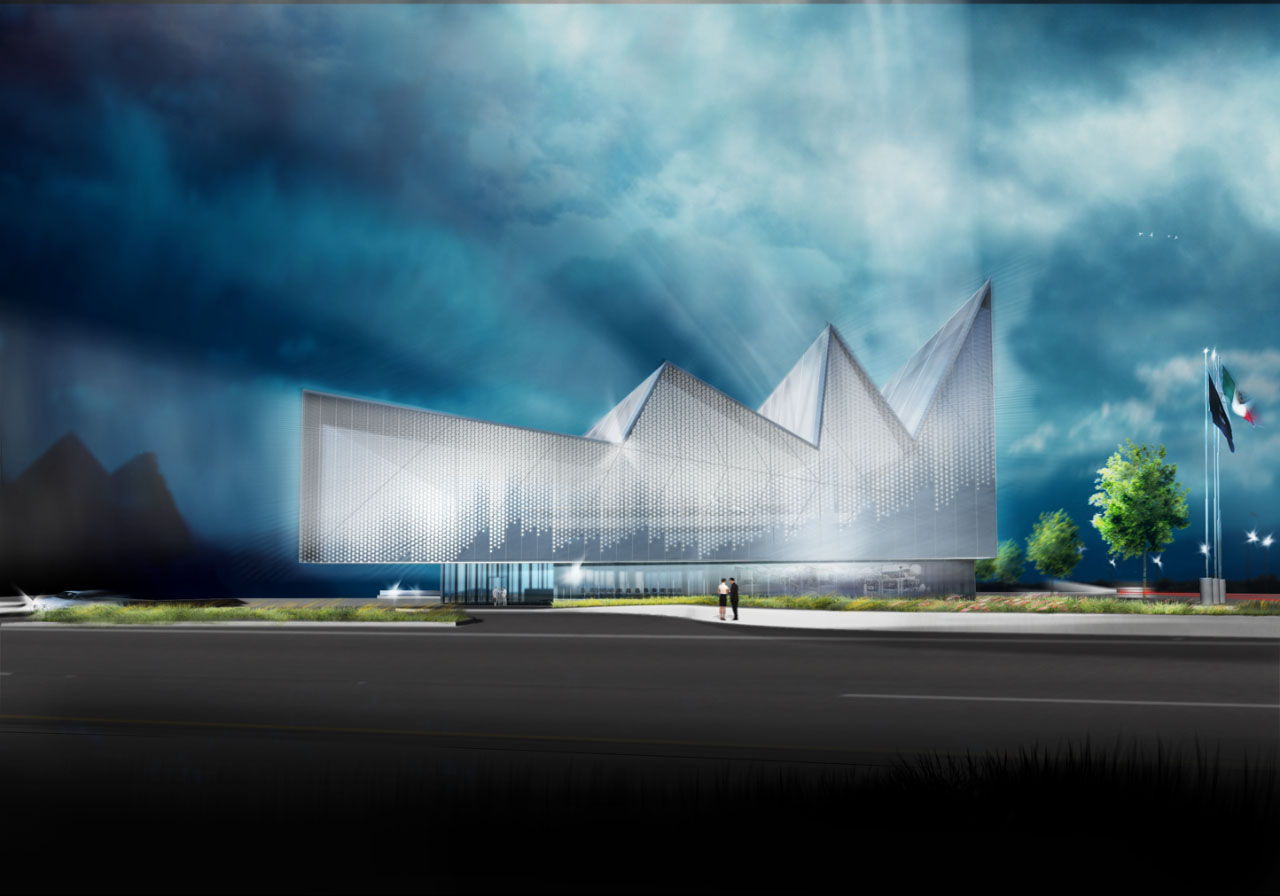

Kristin Dispenza
Kristin graduated from The Ohio State University in 1988 with a B.S. in architecture and a minor in English literature. Afterward, she moved to Seattle, Washington, and began to work as a freelance design journalist, having regular assignments with Seattle’s Daily Journal of Commerce.
After returning to Ohio in 1995, her freelance activities expanded to include writing for trade publications and websites, as well as other forms of electronic media. In 2011, Kristin became the managing editor for Buildipedia.com.
Kristin has been a features writer for Buildipedia.com since January 2010. Some of her articles include:












